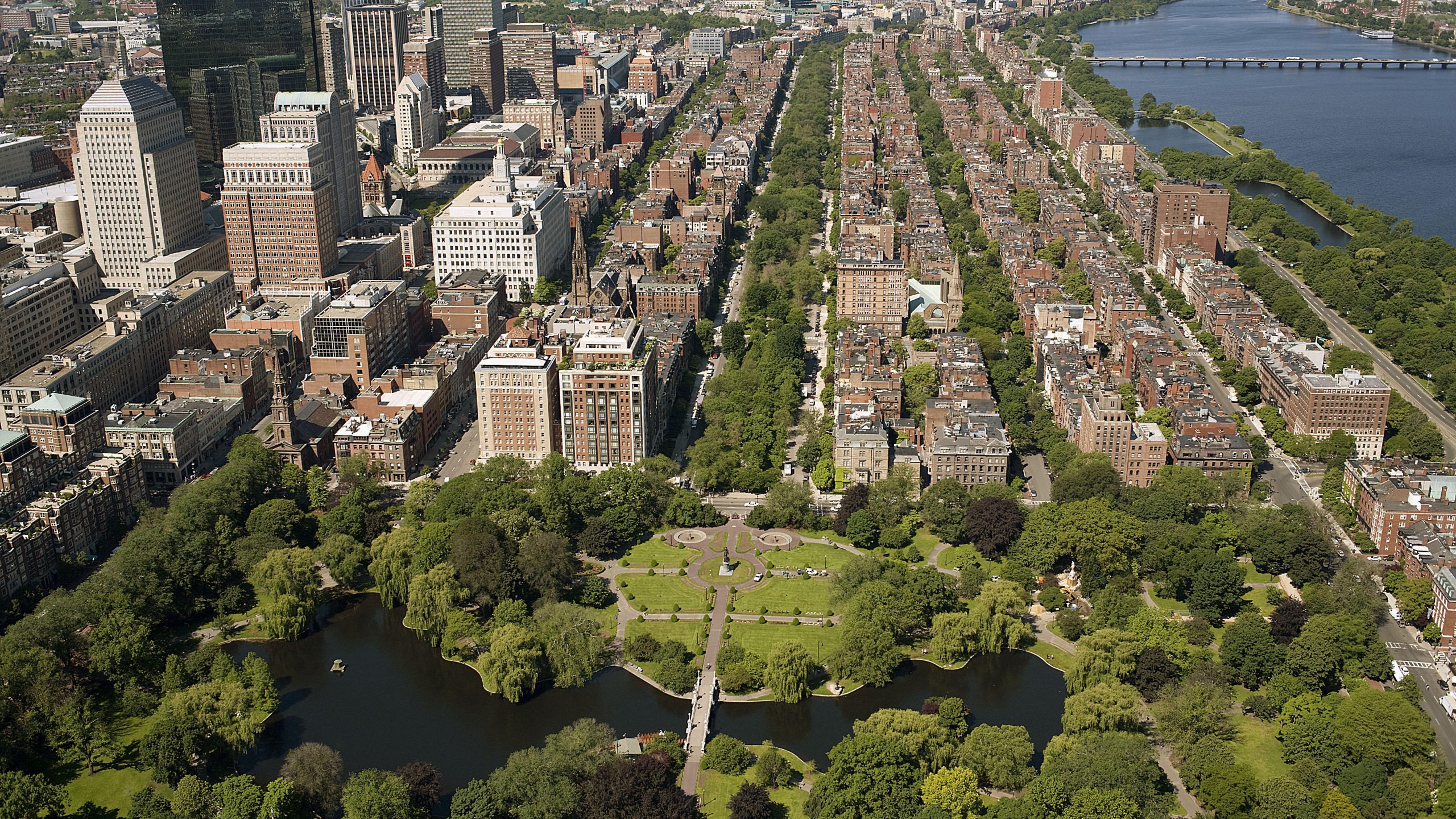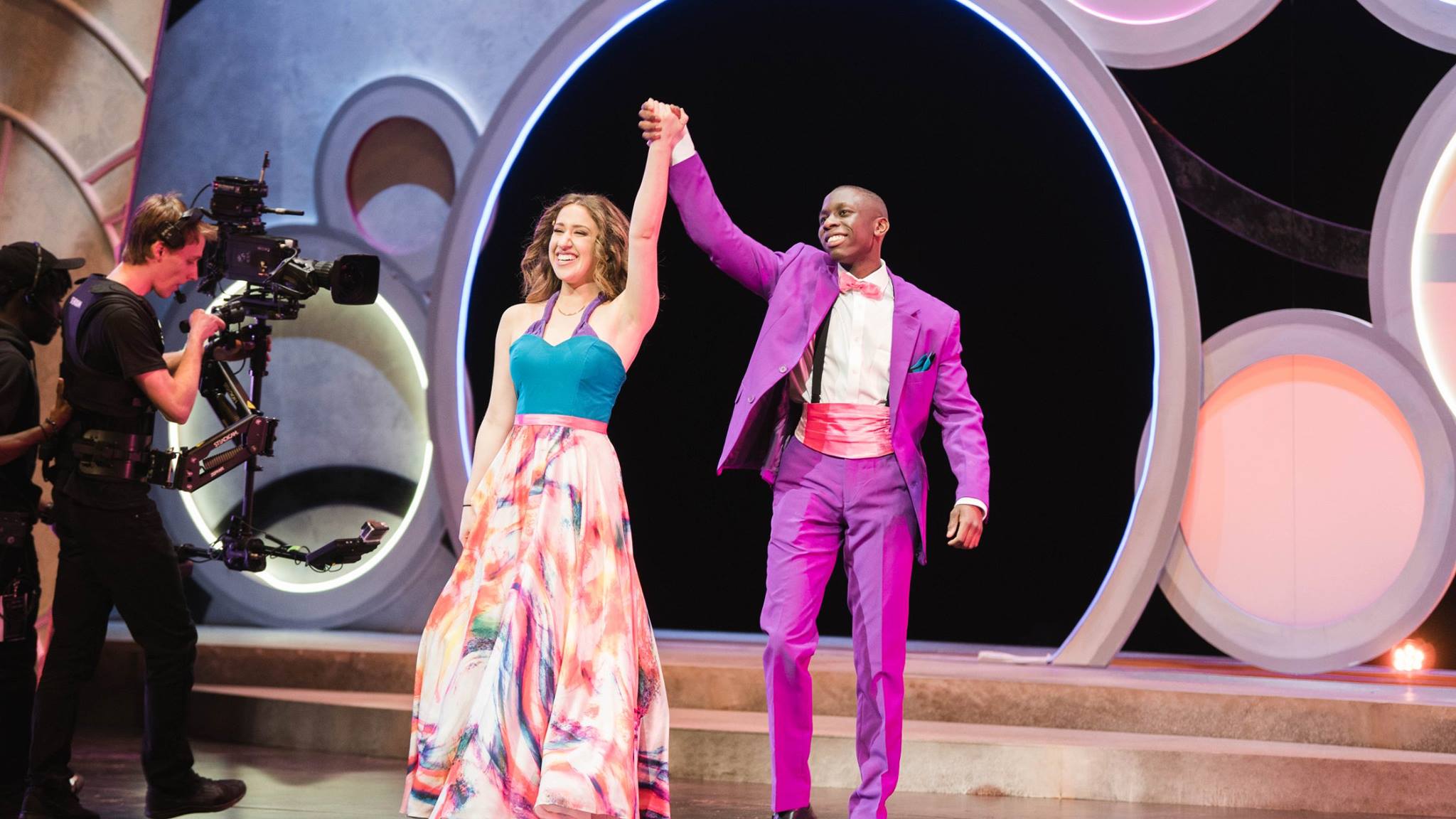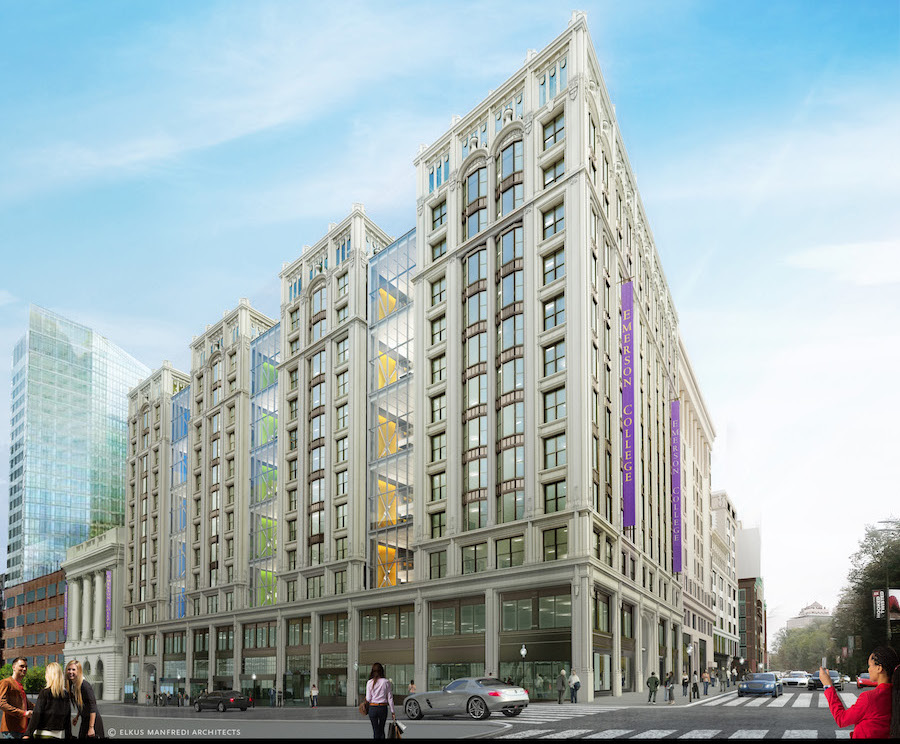
Written by: Mary Kuczkowski, Class of ‘22
On Wednesday, April 7th, the Emerson community received an email with the subject line, Important COVID Update; New Measures in Place as of 5 p.m. Today.
As Emersonians approach final exams, the new measures to “stay in room” may feel isolating. With less than a month remaining in the semester, and the city blooming in spring, let’s take a look at what students can do over the next few weeks.
When I first glanced at the list of what students may leave their rooms for myself, my heart sank with the thought of spending the next week cooped up in the Colonial building to finish out my junior year. But then I noticed one reason students can leave their residence hall room, is to “go outside for individual physically distanced exercise.”
For that reason, I’ve included in the blog below some of the best places to check out on a physically distanced walk within our beautiful Boston community. It is also important to note that these spots aren’t going anywhere if you or your student can’t get to them this semester.
Nature in the City Tour
In this tour, you will find the pockets of nature amongst the busy city of Boston. Be sure to check out the sights at each of these unique locations!
STOP #1: The Boston Common
Located right across the street from Emerson’s campus, the Boston Common often serves as the college’s “quad.” When it’s nice out, it’s a great place to walk, run, do homework, or relax. There’s lots to see in the Common, like the dog park, the Frog Pond, and the Bandstand, so take your time exploring!
STOP #2: The Public Garden
After crossing Charles Street from the Boston Common, you’ll find the Public Garden, a quiet, beautiful, and elegant escape from the busy city. The Public Garden centers around the pond, which is often occupied by ducks, geese, and swans.
STOP #3: The Charles River Esplanade
One of the most scenic spots in Boston is the Charles River Esplanade. After crossing the walking bridge over Storrow Drive, you can find docks, running paths, and a ton of green space. You can get to the footbridge by walking diagonally through the public garden beginning at the corner of Boylston and Charles street. Emersonians love to spend their time watching the sunset over the Cambridge or riding bikes along the river.
A Stroll Through History Tour
This tour is a collection of some of my favorite stops on The Freedom Trail. Here you’ll find some of the most historic places in Boston that are only an arm’s length from campus.
STOP #1: Massachusetts State House (24 Beacon St.)
The ‘new’ MA statehouse designed by Charles Bulfinch, has served as the seat of the Massachusetts government since its opening in 1798. The building holds the legislative and executive branches and can be seen far and wide across Boston because of its distinct gold leaf dome. Some may even refer to it as a homing beacon to Emersonians for it sits directly in our front yard!
How to get to the State House on foot
STOP #2: Granary Burying Ground (95 Tremont St.)
Just past the Park Street T Stop and Church, you’ll find the Granary Burying Ground. Established in 1660, some of America’s most notable citizens rest here. Take a stroll through the grounds and you’ll pass the resting spots of Samuel Adams, Paul Revere, John Hancock, and the victims of the Boston Massacre among many others. Before you enter the grounds, notice the red brick line on the sidewalk, that marks the path for The Freedom Trail!
How to get to Granary Burying Ground on foot
STOP #3: Old State House/Boston massacre Site (206 Washington St.)
Through Massacre, Revolution, and fire, the Old State House stands as the oldest
surviving public building in Boston. Built-in 1713, the building served as the center
of civic, political, and business life. Also, On March 5, 1770, after months of tensions due to occupation and taxation, Bostonians and Redcoats clashed in the streets of Boston. What ended with five civilians killed by gunfire and more tension to come.
How to get to The Old State House on foot
STOP #4: Faneuil Hall (1 Faneuil Hall Square)
Built as a center of commerce in 1741, Faneuil Hall is where the Sons of Liberty proclaimed their dissent against Royal oppression. It was at Faneuil Hall in 1764 that Americans first protested against the Sugar Act and the Stamp Act, setting the doctrine that would come to be known as “no taxation without representation.” Nowadays, the Hall is a historic site and museum, bringing in hundreds of tourists every day (pre-covid) to indulge in history and grab a bite to eat at Quincy Market behind the hall.
How to get to Faneuil Hall on foot
As you can see, Boston is filled with breathtaking and thought-provoking historical sites that are perfect to check out on a physically distanced adventure. If you decide to go out and explore, be sure to wear your mask and bring things like sanitizer, snacks, and water. It is also important to note, that although physical activity is permitted, do not travel in large groups and instead be mindful of your space as we combat COVID-19 safely and effectively.





Be the first to reply